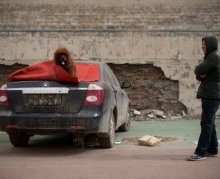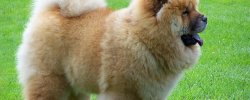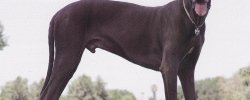Tibetan Mushybox
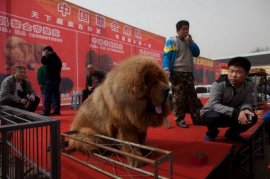 Tibetan's mastif, Chinese do-hee, is considered one of the most expensive dogs in the world. Only very wealthy people can afford to buy a clean dog, because if there is a good birth price, one million dollars may exceed. One of the places where the breeders and potential buyers gather is the exhibition in the Chinese district of Baodin, where we will be moved for a little while.
Tibetan's mastif, Chinese do-hee, is considered one of the most expensive dogs in the world. Only very wealthy people can afford to buy a clean dog, because if there is a good birth price, one million dollars may exceed. One of the places where the breeders and potential buyers gather is the exhibition in the Chinese district of Baodin, where we will be moved for a little while.
Lochma " bells " that are not only extravagant, but also good, are popular with Chinese millionaires. Tibetan mastifers continue to travel to Gimalai in search of new pure-blooded puppies for sale, which often ends in a sad way for high-level dogs suffering from altitude.
Tibetan is one of the oldest dog species. The first literary reference to them is contained in the ancient Chinese book Shu-zin and dated 1122 years before our age.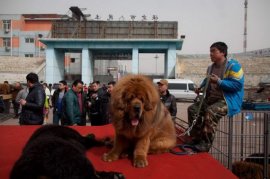 Blood purity has been maintained for centuries because of the geographical isolation of their habitats.
Blood purity has been maintained for centuries because of the geographical isolation of their habitats.
Starting from the earliest references in antique times, the pre-his pond has always been surrounded by legends and myths. Aristotle, Marco Polo and many other authors referred to the natural force of Tibetan mastifs, both physical and mental. Even pouring these dogs, loud and deaf, "like the sound of a copper race," is considered a unique and valuable indication of the breed.
They will spread beyond Tibet until the end of our era, and the first known representative of this species to Western Europe was the dog that Lord Harding sent in 1847 (subsequently the Vice King of India) to Queen Victoria. The first officially recorded tibeth mastif fruit appeared in the Berlin zoo in 1898.
With a thick wool and even more thick underneath Tibetan mastifs are well suited to low temperatures. The strong bones and muscles have a high yield, which allows them to overcome significant distances in the mountains. By nature, it's very discreet and calm dogs, well-resistant drains, combining the ability to coexist harmoniously with people and protect the house. There's a lot of pureness, sometimes like cats.

